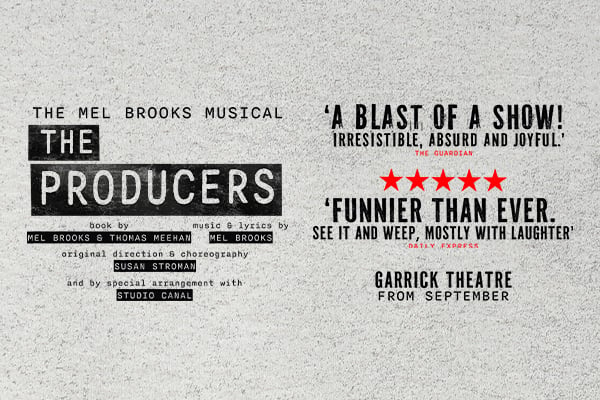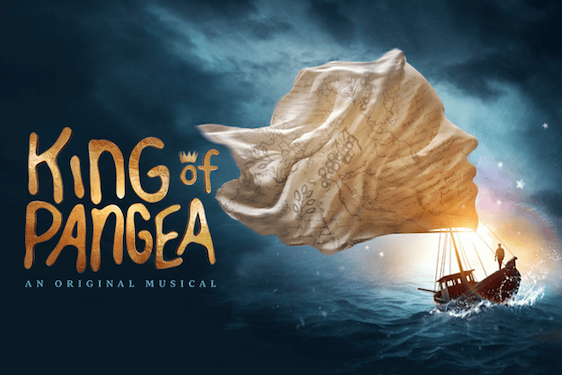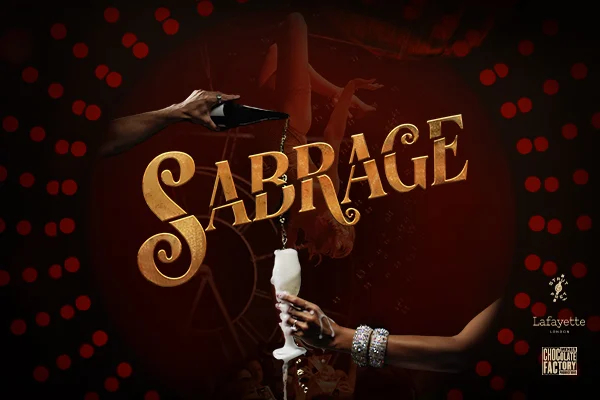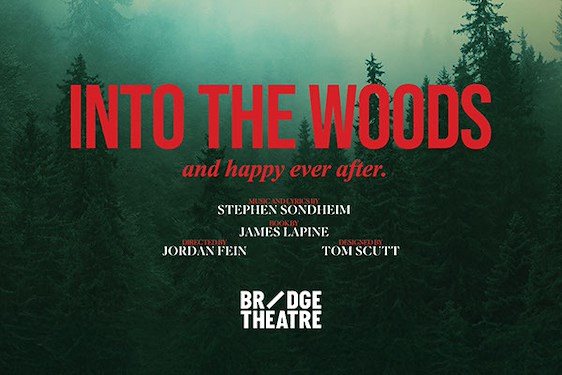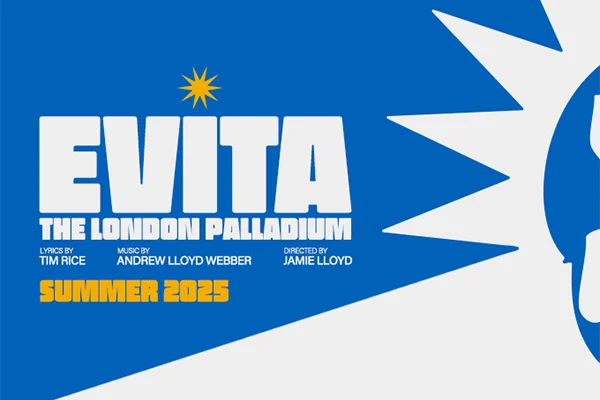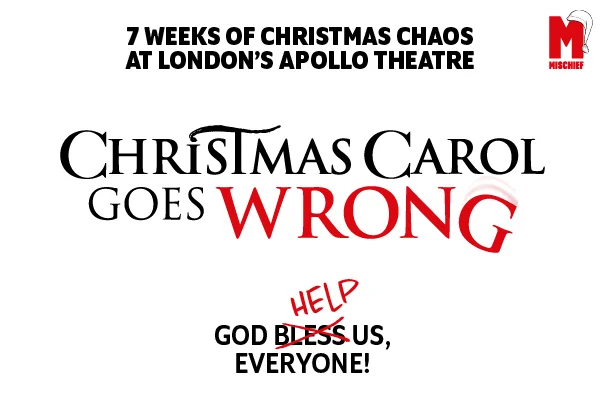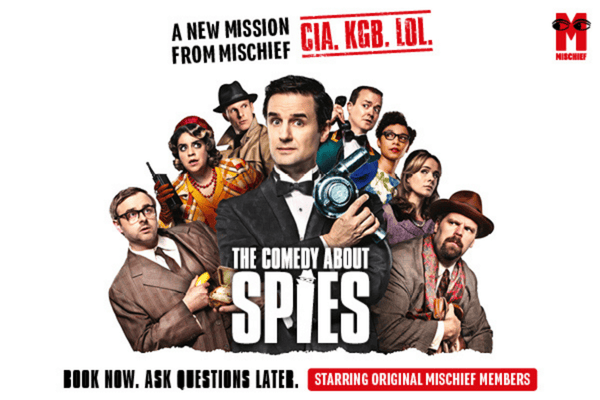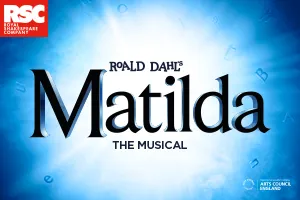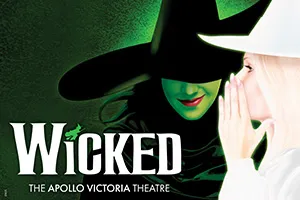Conor McPherson’s latest play, which he also directs, might benefit from a more intimate setting than the Old Vic, but The Brightening Air retains an element of claustrophobia as the eight members of a feuding family in rural Ireland explore their bonds and divisions in equal measure.
Well-written and a delight to watch
It’s a solid ensemble piece that enables members of the talented cast moments to shine through and reveal their abilities as character actors in this Chekhovian-style piece, that has plenty of humour amid an assortment of frustrations, regrets, displays of anger and some dreams too. Three siblings form the heart of the play. Stephen (Brian Gleeson) and Billie (Rosie Sheehy) live together. Then there is the rebellious Dermot (Chris O’Dowd), whose arrival at the house disturbs the peace. That he is accompanied by Freya (Aisling Kearns), who is rather embarrassingly many years his younger and clearly of another generation, simply fuels the flames of discord, especially as his estranged wife Lydia (Hannah Morrish) is still part of the family and present in the house.
While the play is rooted in the practicalities of life it is also imbued with an air of mysticism that is reflected in Rae Smith’s set with its upstage gauzes and the moody lighting design by Mark Henderson. Lydia pays Billie to bring magical water from a distant stream that she believes will restore her marriage. Without being mentioned one feels that the leprechauns, banshees, kelpies and changelings are never far away. Pierre (Seán McGinley), the unfrocked priest on whom a miracle befalls, roams the house holding forth in a manner far removed from his catholic past. It's left to Elizabeth (Derbhle Crotty), his faithful housekeeper, to keep him in order. One more character and storyline is thrown into the melting pot with Brendan (Eimhin Fitzgerald Doherty), a simple love-sick farmhand whose yearning for Billie stands no chance of being fulfilled.
The Brightening Air is well-written and a delight to watch, yet it doesn't really satisfy. There’s a lot, if not too much going on, and by the end one wonders, “What was it all for, where does it leave us and what have we learned?”







